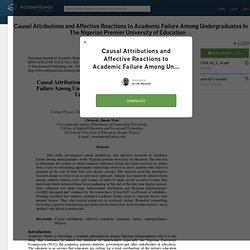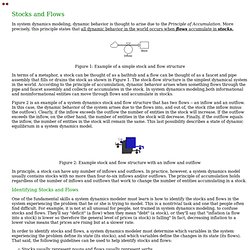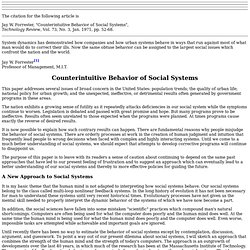

Causal Attributions and Affective Reactions to Academic Failure Among Undergraduates In The Nigerian Premier University of Education. Causal Attributions and Affective Reactions to Academic Failure Among UndergraduatesIn The Nigerian Premier University of Education 407The question that arises is how do students themselves see the phenomenon of academic failureand how do they feel when it dawn on them that they have failed one or more courses?

Students areknown to attribute academic failure to several factors. It is a common phenomenon to hear students saythat ‘my lecturer gave me 32% or 24%’ instead of saying ‘I failed the course’ suggesting that thelecturer was just distributing scores and he/she was unfair in his/her distribution. Some students tend toattribute failure to external causes but success to themselves. It is also common to associate failure toother causes including defective teaching (Komolafe & Yara, 2010), poor preparation, difficultquestions, emotional problems, lack of necessary facilities and epileptic power supply making studyingvery difficult.
Literature Review. Attribution Theory. By Saul McLeod published 2010 How do we attach meaning to other's behavior, or our own?

This is called attribution theory. For example, is someone angry because they are bad-tempered or because something bad happened? Attribution theory deals with how the social perceiver uses information to arrive at causal explanations for events. Attribution theory is concerned with how and why ordinary people explain events as they do. Heider (1958) believed that people are naive psychologists trying to make sense of the social world. Heider didn’t so much develop a theory himself as emphasize certain themes that others took up.
UnderstandingPrejudice.org: The Psychology of Prejudice. Causal Attributions Prejudice is also closely connected to the way that ingroup and outgroup members explain each other's behavior.

These explanations, known in psychology as "causal attributions," are both a symptom and source of prejudice. If, for example, a single mother's homelessness is attributed to dispositional factors such as personal laziness, poor character, or lack of ability, prejudice toward single mothers is likely to persist. In contrast, if her homelessness is attributed to situational factors such as job layoffs or domestic partner violence, prejudice toward single mothers may not come into play or may even be reduced.
The problem, when it comes to prejudice, is that people often make uncharitable attributions for the behavior of outgroup members. Heuristics - Availability, Representativeness, Anchoring, Hindsight and more. Url?sa=t&rct=j&q=&esrc=s&source=video&cd=8&cad=rja&uact=8&ved=0CEMQtwIwBw&url=http%3A%2F%2Fwww.youtube. What Is a Heuristic? Definition: A heuristic is a mental shortcut that allows people to solve problems and make judgments quickly and efficiently.

These rule-of-thumb strategies shorten decision-making time and allow people to function without constantly stopping to think about their next course of action. While heuristics are helpful in many situations, they can also lead to biases. Heuristics play important roles in both problem-solving and decision-making. When we are trying to solve a problem or make a decision, we often turn to these mental shortcuts when we need a quick solution. While heuristics can speed up our problem and decision-making process, they can introduce errors. Learn more about two common heuristics: the availability heuristic and the representativeness heuristic. More Psychology Definitions: The Psychology Dictionary Browse the Psychology Dictionary. Stocks and Flows In system dynamics modeling, dynamic behavior is thought to arise due to the Principle of Accumulation.

More precisely, this principle states that all dynamic behavior in the world occurs when flows accumulate in stocks. Figure 1: Example of a simple stock and flow structure In terms of a metaphor, a stock can be thought of as a bathtub and a flow can be thought of as a faucet and pipe assembly that fills or drains the stock as shown in Figure 1. The stock-flow structure is the simplest dynamical system in the world. Figure 2 is an example of a system dynamics stock and flow structure that has two flows -- an inflow and an outflow.
Figure 2: Example stock and flow structure with an inflow and outflow. The Beer Distribution Game. Jay W. Forrester: Counterintuitive Behavior of Social Systems. The citation for the following article is Jay W.

Forrester, "Counterintuitive Behavior of Social Systems", Technology Review, Vol. 73, No. 3, Jan. 1971, pp. 52-68. System dynamics has demonstrated how companies and how urban systems behave in ways that run against most of what man would do to correct their ills. Now the same obtuse behavior can be assigned to the largest social issues which confront the nation and the world. Jay W. This paper addresses several issues of broad concern in the United States: population trends; the quality of urban life; national policy for urban growth; and the unexpected, ineffective, or detrimental results often generated by government programs in these areas.
The nation exhibits a growing sense of futility as it repeatedly attacks deficiencies in our social system while the symptoms continue to worsen. It is now possible to explain how such contrary results can happen. III - Laws of Thermodynamics (High School Physics)